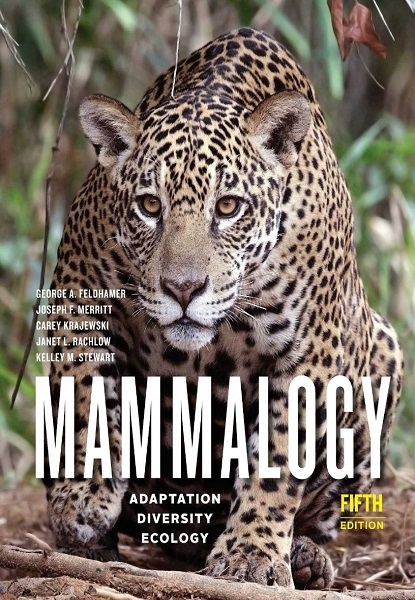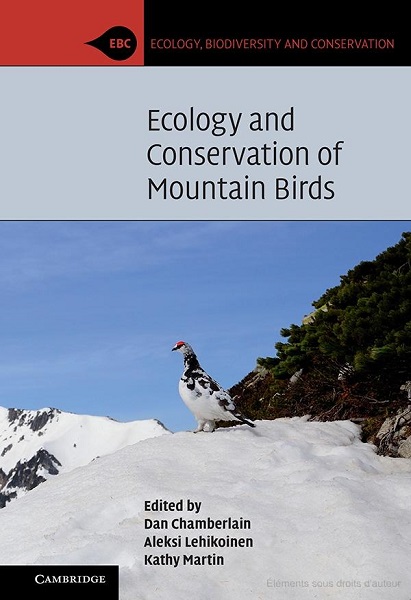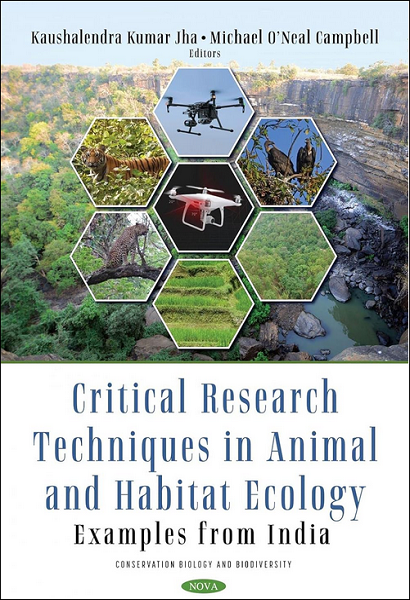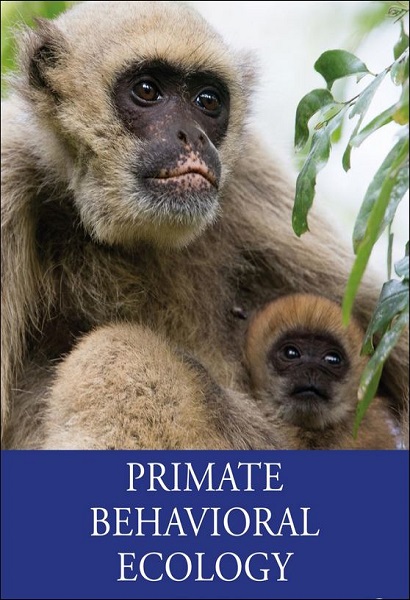Description
There are more than 6,400 species in the class Mammalia, including the blue whale―the largest animal that has ever lived―and the pygmy shrew, which weighs little more than a dime. Such diversity among mammals has allowed them to play critical roles in every ecosystem, whether marine, freshwater, alpine, tundra, forest, or desert. Reflecting the expertise and perspective of five leading mammalogists, the fifth edition of Mammalogy: Adaptation, Diversity, Ecology significantly updates taxonomy, adds a new introductory chapter on the science of mammalogy, and highlights several recently described species. To enhance its appeal to students, textual material has been reduced, consolidated, and streamlined without sacrificing breadth or depth of coverage. Key features include: – Chapters rearranged and grouped to best reflect phylogenetic relationships, with updated numbers of genera and species for each family; – updated mammalian structural and functional adaptations, as well as ordinal fossil histories; – recent advances in mammalian phylogeny, biogeography, social behavior, and ecology, with 12 new or revised cladograms reflecting current research findings; – and discussions of the current implications of climate change and other anthropogenic factors for mammals. 741 p.

- George A. Feldhamer. PhD. Chair of Environmental studies; Professor of Zoology. Southern Illinois University, Carbondale, IL (USA).
- Joseph F. Merritt, PhD. Professor of Zoology. University of Illinois, Urbana, IL (USA).
- Carey Krajewski, PhD. Professor of Zoology. Southern Illinois University, Carbondale, IL (USA); and Associate editor of “Journal of Mammalian”.Et al…
- Publication date (digital version): 2020-03 – John Hopkins University Press.









You must be logged in to submit a review.